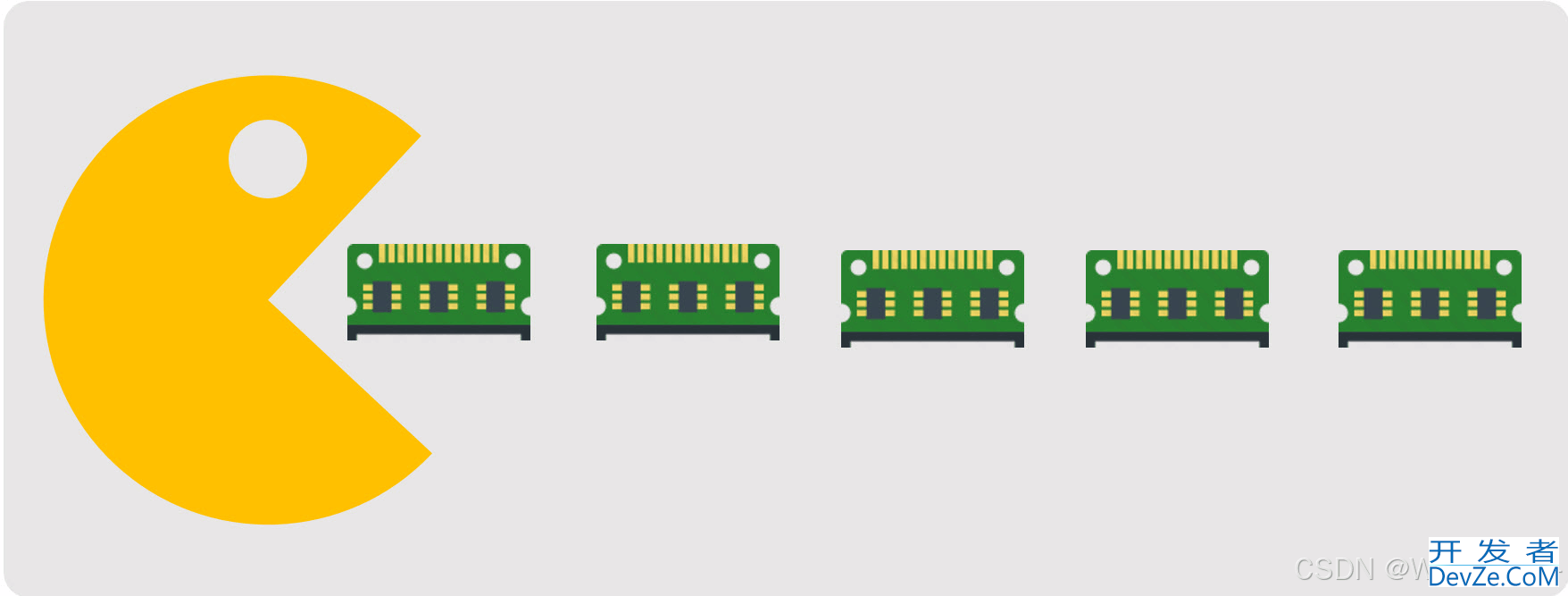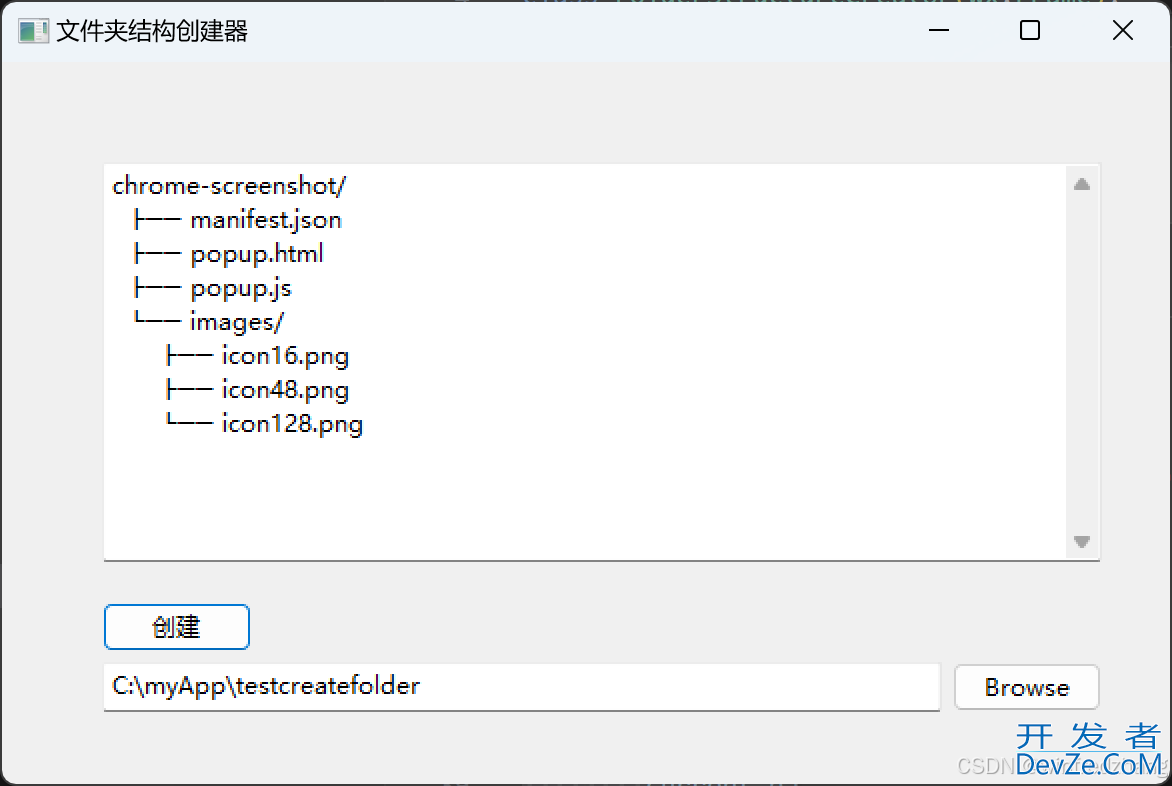目录
- 前言
- 项目结构
- 1. 添加依赖
- 2. 配置 MinIO
- 3. 创建 MinioConfig
- 4. 创建 FileEntity
- 5. 创建 FileRepository
- 6. 创建 FileService
- 7. 创建 FileServiceImpl
- 8. 创建 FileController
- 9. 主应用程序类
- 总结
前言
下面是一个完整的示例,展示如何使用 MinIO 上传和下载文件,并将文件信息存储到数据库中的 file 表。我们将使用 Spring Boot 框架来实现这个功能。
项目结构
src
├── main│ ├── Java│ │ └── com│ │ └── example│ │ ├── controller│ │ │ └── FileController.java│ │ ├── service│ │ │ ├── FileService.java│ │ │ └── FileServiceImpl.java│ │ ├── repository│ │ │ └── FileRepository.java│ │ ├── model│ │ │ └── FileEntity.java│ │ ├── config│ │ │ └── MinioConfig.java│ │ └── Application.java│ └── resources│ └── application.properties
1. 添加依赖
在 pom.XML 中添加必要的依赖
<dependencies>
<dependency>
<groupId>org.springframework.boot</groupId>
<artifactId>spring-boot-starter-data-jpa</artifactId>
</dependency>
<dependency>
<groupId>org.springframework.boot</groupId>
<artifactId>spring-boot-starter-web</artifactId>
</dependency>
<dependency>
<groupId>io.minio</groupId>
<artifactId>minio</artifactId>
<version>8.3.0</version>
</dependency>
<dependency>
<groupId>com.h2database</groupId>
<artifactId>h2</artifactId>
<scope>runtime</scope>
</dependency>
<dependency>
<groupId>org.springframework.boot</groupId>
<artifactId>spring-boot-starter-data-jpa</artifactId>
</dependency>
</dependencies>
2. 配置 MinIO
在 application.properties 中添加 MinIO 配置信息:
minio.url=http://localhost:9000 minio.Access-key=minioadmin minio.secret-key=minioadmin minio.bucket-name=mybucket spring.datasource.url=jdbc:h2:mem:testdb spring.datasource.driverClassName=org.h2.Driver spring.datasource.username=sa spring.datasource.password=password spring.jpa.database-platform=org.hibernate.dialect.H2Dialect
3. 创建 MinioConfig
package com.example.config;
import io.minio.MinioClient;
import org.springframework.beans.factory.annotation.Value;
import org.springframework.context.annotation.Bean;
import org.springframework.context.annotation.Configuration;
@Configuration
public class MinioConfig {
@Value("${minio.url}")
private String minioUrl;
@Value("${minio.access-key}")
private String minioAccessKey;
@Value("${minio.secret-key}")
private String minIOSecretKey;
@Bean
public MinioClient minioClient() {
return MinioClient.builder()
.endpoint(minioUrl)
.credentials(minioAccessKey, minioSecretKey)
.build();
}
}
4. 创建 FileEntity
package com.example.model;
import javax.persistence.Entity;
import javax.persistence.GeneratedValue;
import javax.persistence.GenerationType;
import javax.persistence.Id;
@Entity
public class FileEntity {
@Id
@GeneratedValue(strategy = GenerationType.IDENTITY)
private Long id;
private String fileName;
private String fileUrl;
// Getters and Setters
}
5. 创建 FileRepository
package com.example.repository;
import com.example.mowww.devze.comdel.FileEntity;
import org.springframework.data.jpa.repository.JpaRepository;
public interface FileRepository extends JpaRepository<FileEntity, Long> {
}
6. 创建 FileService
package com.example.service;
import com.example.model.FileEntity;
import org.springframework.web.multipart.MultipartFile;
import java.io.IOException;
public interface FileService {
FileEntity uploadFile(MultipartFile file) throws IOException;
byte[] downloadFile(String fileName) throws Exception;
}
7. 创建 FileServiceImpl
package com.example.service;
import com.example.model.FileEntity;
import com.example.repository.FileRepository;
import io.minio.MinioClient;
import io.minio.errors.MinioException;
import org.springframework.beans.factory.annotation.Autowired;
import org.springframework.beans.factory.annotation.Value;
import org.springframework.stereotype.Service;
import org.springframework.web.multipart.MultipartFile;
import java.io.ByteArrayOutputStream;
import java.io.IOException;
import java.io.InputStream;
@Service
public class FileServiceImpl implements FileService {
@Autowired
private MinioClient minioClient;
@Autowired
private FileRepository fileRepository;
@Value("${minio.bucket-name}")
private String bucketName;
@Override
public FileEntity uploadFile(MultipartFile file) throws IOExceppythontion {
String fileName = file.getOriginalFilename();
try {
minioClient.putObject(
bucketName,
fileName,
file.getInputStream(),
file.getContentType()
);
String fileUrl = minioClient.getObjectUrl(bucketName, fileName);
FileEntity www.devze.comfileEntity = new FileEntity();
fileEntity.setFileName(fileName);
fileEn编程客栈tity.setFileUrl(fileUrl);
return fileRepository.save(fileEntity);
} catch (MinioException e) {
throw new IOException("Error occurred while uploading file to MinIO", e);
}
}
@Override
public byte[] downloadFile(String fileName) throws Exception {
try (InputStream stream = minioClient.getObject(bucketName, fileName);
ByteArrayOutputStream outputStream = new ByteArrayOutputStream()) {
byte[] buffer = new byte[1024];
int length;
while ((length = stream.read(buffer)) != -1) {
outputStream.write(buffer, 0, length);
}
return outputStream.toByteArray();
} catch (MinioException e) {
throw new Exception("Error occurred while downloading file from MinIO", e);
}
}
}
8. 创建 FileController
package com.example.controller;
import com.example.model.FileEntity;
import com.example.service.FileService;
import org.springframework.beans.factory.annotation.Autowired;
import org.springframework.http.HttpHeaders;
import org.springframework.http.MediaType;
import org.springframework.http.ResponseEntity;
import org.springframework.web.bind.annotation.*;
import org.springframework.web.multipart.MultipartFile;
import java.io.IOException;
@RestController
@RequestMapping("/files")
public class FileController {
@Autowired
priwww.devze.comvate FileService fileService;
@PostMapping("/upload")
public ResponseEntity<FileEntity> uploadFile(@RequestParam("file") MultipartFile file) throws IOException {
FileEntity fileEntity = fileService.uploadFile(file);
return ResponseEntity.ok(fileEntity);
}
@GetMapping("/download/{fileName}")
public ResponseEntity<byte[]> downloadFile(@PathVariable String fileName) throws Exception {
byte[] data = fileService.downloadFile(fileName);
return ResponseEntity.ok()
.contentType(MediaType.APPLICATION_OCTET_STREAM)
.header(HttpHeaders.CONTENT_DISPOSITION, "attachment; filename=\"" + fileName + "\"")
.body(data);
}
}
9. 主应用程序类
package com.example;
import org.springframework.boot.SpringApplication;
import org.springframework.boot.autoconfigure.SpringBootApplication;
@SpringBootApplication
public class Application {
public static void main(String[] args) {
SpringApplication.run(Application.class, args);
}
}
总结
通过上述步骤,我们创建了一个完整的 Spring Boot 应用程序,它使用 MinIO 上传和下载文件,并将文件信息存储到数据库中的 file 表。你可以通过 /files/upload 接口上传文件,通过 /files/download/{fileName} 接口下载文件。
到此这篇关于java使用minio上传下载文件的文章就介绍到这了,更多相关java用minio上传下载文件内容请搜索编程客栈(www.devze.com)以前的文章或继续浏览下面的相关文章希望大家以后多多支持编程客栈(www.devze.com)!









 加载中,请稍侯......
加载中,请稍侯......
精彩评论